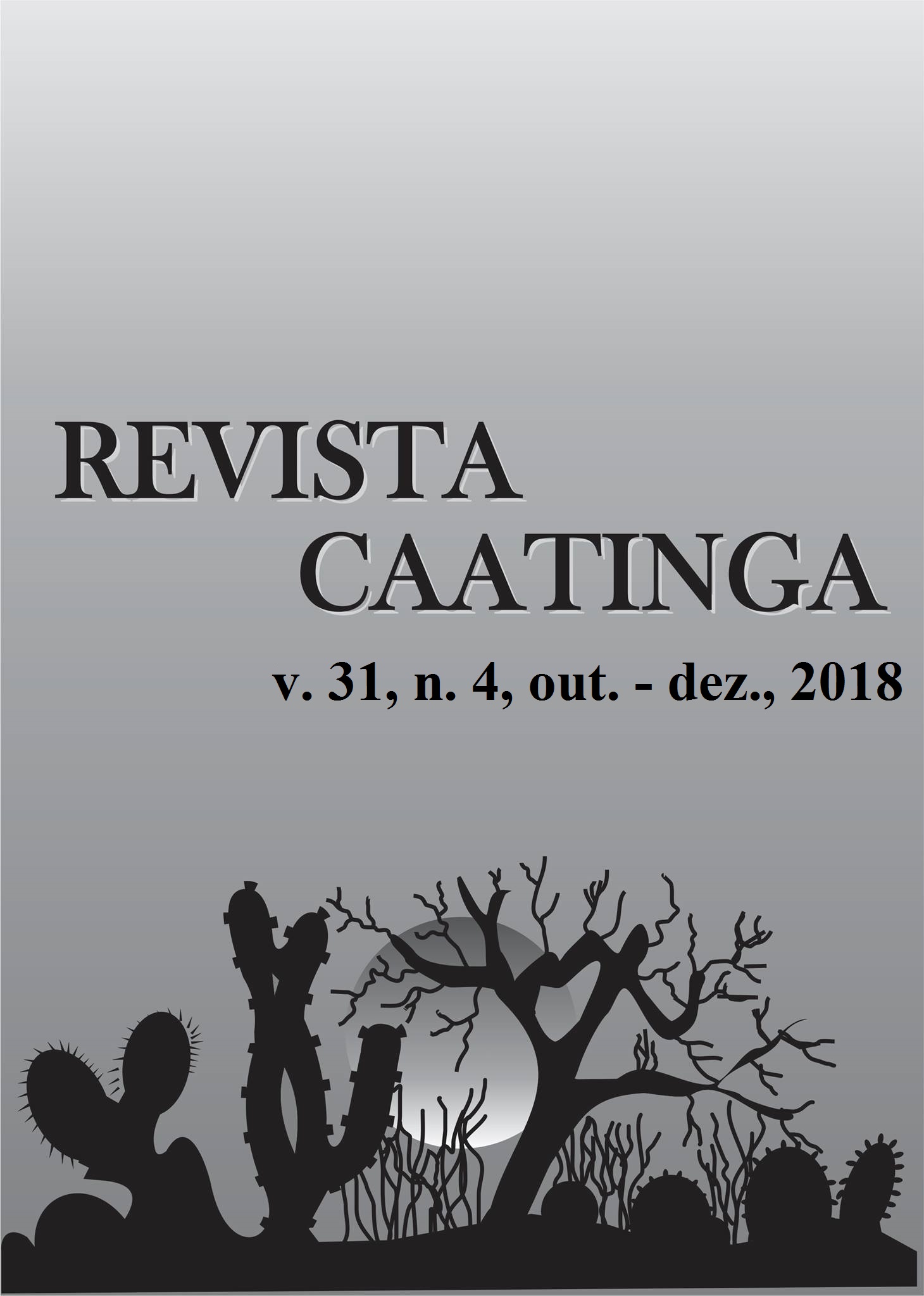OVIPOSITION PREFERENCE AND BIOLOGY OF FRUIT FLIES (DIPTERA: TEPHRITIDAE) ON GRAPE VINE GENOTYPES
DOI:
https://doi.org/10.1590/1983-21252018v31n407rcKeywords:
Vitis spp.. Tephritidae. Biology. Resistance of plants.Abstract
Grape orchards are highly affected by oviposition of fruit flies on grape berries, which compromises the productivity and quality of the grapes. The goal of this study was to evaluate the susceptibility of American, European, and hybrid grape genotypes to Anastrepha fraterculus and Ceratitis capitata (Diptera: Tephritidae) under laboratory conditions (25 ± 2ºC, 60 ± 10% RH, and 14-hour photophase). The assays were conducted by evaluating oviposition preference through choice and no-choice (antibiosis) tests. The choice test was set up using circular arenas (diameter: 300 mm) with 10 grapes per genotype. The no-choice test was set up using 150 grapes per genotype which were placed inside plastic boxes (417 x 297 x 289 mm). After exposure of the grapes to one or two couples of fruit flies per genotype in choice and no-choice tests, respectively, the grapes were transferred to transparent plastic containers (750 mL). The number of eggs per grape and its viability were evaluated. The no-choice test also evaluated the biological cycle of the fruit flies. The assays were conducted in a completely randomized design with 15 replicates. The most preferred grapes for oviposition by A. fraterculus were Cabernet Sauvignon, Niagara Rosada, and BRS Cora, while C. capitata mainly preferred Isabel Precoce grapes. We observed the complete development of fruit flies in the Moscato Embrapa grapes, but this only occurred with C. capitata. All genotypes evaluated were considered susceptible to A. fraterculus and C. capitata. However, the fruit flies expressed differences in preference for oviposition and host quality.
Downloads
Downloads
Published
Issue
Section
License
Os Autores que publicam na Revista Caatinga concordam com os seguintes termos:
a) Os Autores mantêm os direitos autorais e concedem à revista o direito de primeira publicação, com o trabalho simultaneamente licenciado sob a Licença Creative Commons do tipo atribuição CC-BY, para todo o conteúdo do periódico, exceto onde estiver identificado, que permite o compartilhamento do trabalho com reconhecimento da autoria e publicação inicial nesta revista, sem fins comerciais.
b) Os Autores têm autorização para distribuição não-exclusiva da versão do trabalho publicada nesta revista (ex.: publicar em repositório institucional ou como capítulo de livro), com reconhecimento de autoria e publicação inicial nesta revista.
c) Os Autores têm permissão e são estimulados a publicar e distribuir seu trabalho online (ex.: em repositórios institucionais ou na sua página pessoal) a qualquer ponto antes ou durante o processo editorial, já que isso pode gerar alterações produtivas, bem como aumentar o impacto e a citação do trabalho publicado (Veja O Efeito do Acesso Livre).







